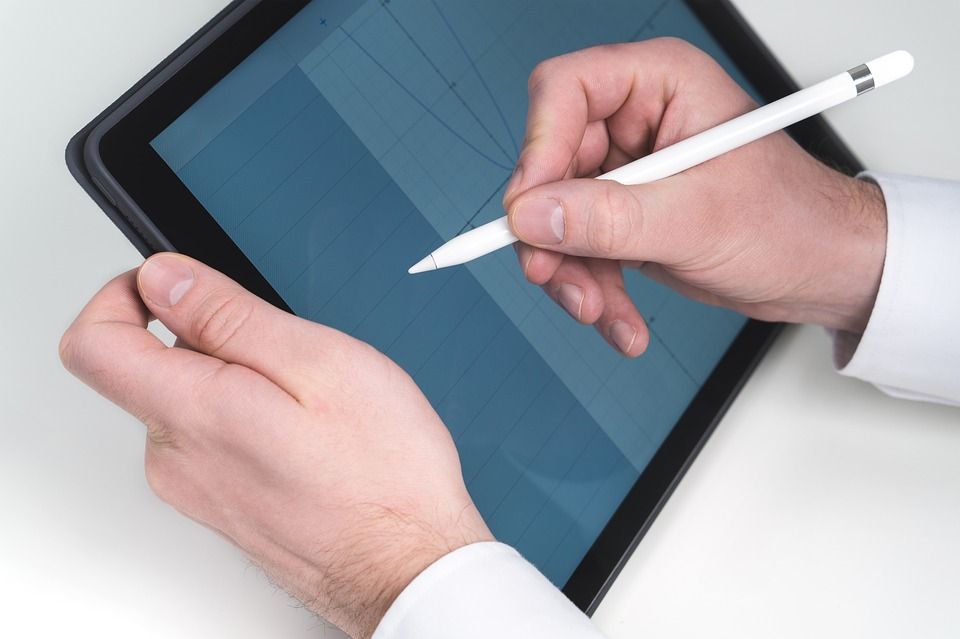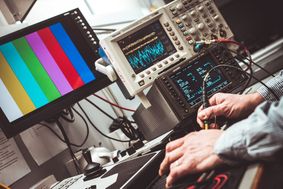Data Analyst - As a career option

The human race is producing more information every second now than ever before. The marvel of technology has furthermore allowed us to record more of this data than ever before.
We hear new concepts in the study of data - metadata, which is data about data, or noise, which is data that doesn’t mean anything. Truly, data is a concept that’s changing the world.
Big Data is almost a technology buzzword today. It has percolated through every strand of technological consciousness, and combined with concepts like the Internet of Things (IoT) and Machine Learning, has been touted as a game changer of the 21st century.
So who exactly is a Data Analyst? Today, there are newer and bigger data sets like click stream data (what ads or products or videos are people clicking on?), bioinformatic data (what do photos of different parts of the earth during different times or phenomena tell us?), communications data (what words are people using and when?), demand/supply data, and so many other kinds.
Data Analysts are technologically skilled people who have the tools and experience to tailor data-driven solutions to unique applications.

What Does a Data Analyst Do?
It might help to look at an example. A data analyst may work on a project to decide where to open a new warehouse of an existing online retailer. The data sets that can be used to help make such a decision are numerous and varied.
It could include clickstream data to understand the demands of different kinds of products in different regions, email or invoice data mining to map the locations of different suppliers of different goods and the sizes of the order coming from them, local transport rates, availability of land, and many other factors.
A data analyst puts all of these things together to make the best possible data-driven prediction.
Now, look at the comparative. In the past, any major decision ultimately relied on some form of raw intuition.
If a big company was to decide to open a branch in a new country, it would be hard to do so on hard facts, as information would be hard to obtain, and limited in its depth and width.
Today, data analysts are coming together to give us analytics firms that can make predictions based on raw facts, with the research to support it. This is leading to tremendous success in several fields, with uniquely optimum strategies and solutions being devised.
It’s often said that any company that doesn’t embrace data analysis is resigning itself to eventual failure. Data Analytics is a valuable skill as part of nearly any profession today. Many analysts also work with large analytics firms that offer to tailor solutions to a wide variety of industries - usually on a consultancy basis.
Eligibility Criteria to Become a Data Analyst
- +2: Students are required to have studied Science and score an aggregate of 60%
- Bachelor’s Degree: Graduating with a Bachelor's degree in Science (Mathematics, Statistics) or Engineering (Computer Science, Information Technology, Data Analysis) is usually sufficient for an entry-level job in this field.
Experience often pays more than higher education - most analysts choose to study further after experience in the field that helps them decide an area of specialization. The field is also highly competitive due to the recent influx of engineers, statisticians and other analysts into the field.
A Day in the Life of a Data Analyst
Hi, I’m Tushar, and I work as a data analyst at one of the world’s top data science and analytics firms. The firm is based in the US, but I work in Bangalore, the tech hub of India. For me, each day is different, but this is how the most typical one looks like:
8:00 AM: Wake up and cook me the usual breakfast of eggs. There are usually refreshments at the office, but tech firms are often very flexible with employee timings. I plan to leave the house at 9:30 so as to reach office by 10 and avoid the dreaded Bangalore traffic.
8:30 AM: I make myself some coffee and open my Mac Book to look through the code from yesterday. Sometimes, we’re able to run the computations required for projects directly on our laptops. Other times, we have no option but to use the powerful computers in the workplace.
However, a neat technology called SSH allows employees to securely login to the remote server and use the company hardware for our work, even from home. I can do some of my analysis runs code now from home to have more free time later.
9:30 AM: Time to leave for work in an Uber.
10:00 AM: There are no further tweaks required for the code to run smoothly now that I’ve tested it from home. I put on the final comments and push it for running on the data set we recently collected.
The project involves developing a data-driven prophylactic and awareness campaign against mosquitoes and the related diseases.
The Union Health Ministry has been concerned about rising cases of malaria in the last year and has decided to embrace technology in their policy building. It is an encouraging example of governments using data science for the progress of society.

11:00 AM: Time to collaborate with the team to design the slideshow that will be displayed to the government officials when we meet them tomorrow. Various ideas will be hashed out. This is the non-technical aspect of our work.
As Analysts, we’re expected not only to have the mathematical, statistical and computational tools to run operations on and summaries data, but also the intellectual ability to interpret it and explain its results to people in useful ways.
1:00 PM: After a fruitful meeting, we all head out to lunch together at a nearby restaurant. The project head treats us because he’s happy with the progress.
2:00 PM: A colleague is giving a presentation on a new mathematical technique that he has studied for implementation on one of the firm’s projects. We are to attend it so that we can benefit from his experience. The workplace is encouraging and such workshops and sessions are frequently held.
3:30 PM: We head back to our individual workstations. I have been working on a particularly tricky bit of visualization from the code.
I not only have to run and, but also have to present its results in an intuitive and easy-to-understand way. This is typically a process that can take between 1 and 50 hours.

5:30 PM: This looks like one of those bad times. Time to take a break. There’s a gym at the workplace, so I decide to go and do some time on the treadmill to take my mind of these supremely frustrating codes!
6:00 PM: I’m back. My workday ends with 9 hours at work, and because I come in late, I stay till 7. I work on the code for another hour, but to no avail. It’ll have to be tackled tomorro, when perhaps a colleague or senior at the firm will be able to help me.
7:00 PM: Time to leave! Bangalore has an active nightlife, but there’s always the nice option of going back home to simple food and Game of Thrones. What better way to rewind for the night.
It takes a lot for becoming a data analyst. Do you think you have the required capabilities and skill set to be called as a data analyst? We hope this article proved to be a fruitful one for you. Have your say in the comment box below. Enjoy Reading!
Login to continue reading
And access exclusive content, personalized recommendations, and career-boosting opportunities.
















Comments
Add comment